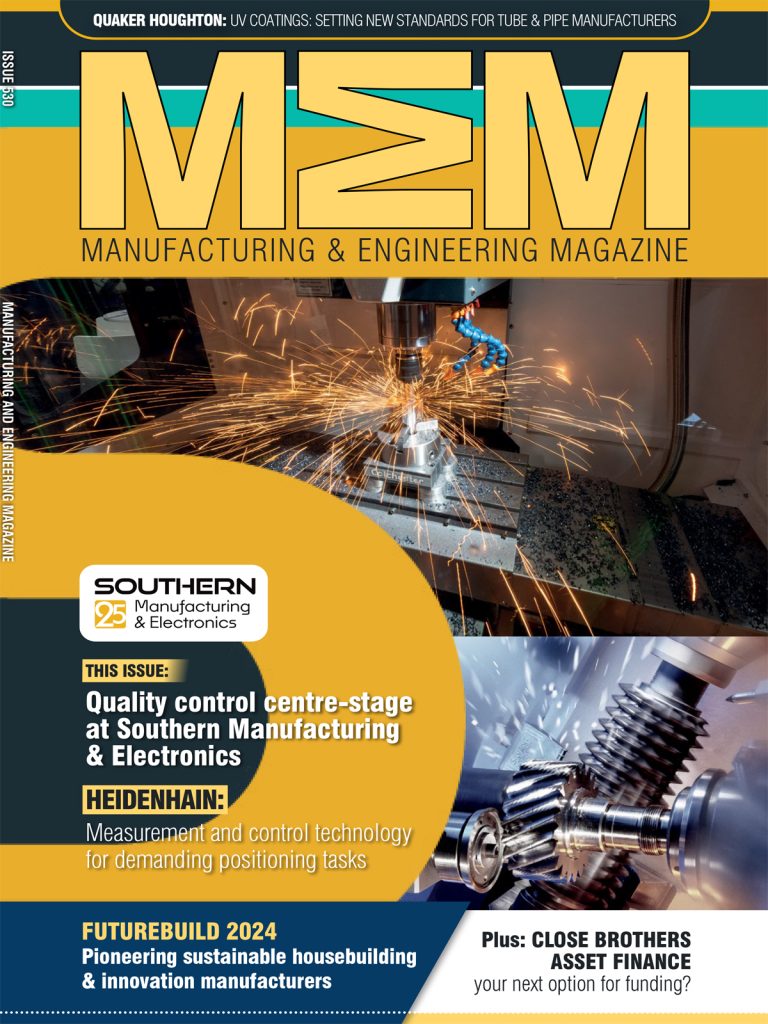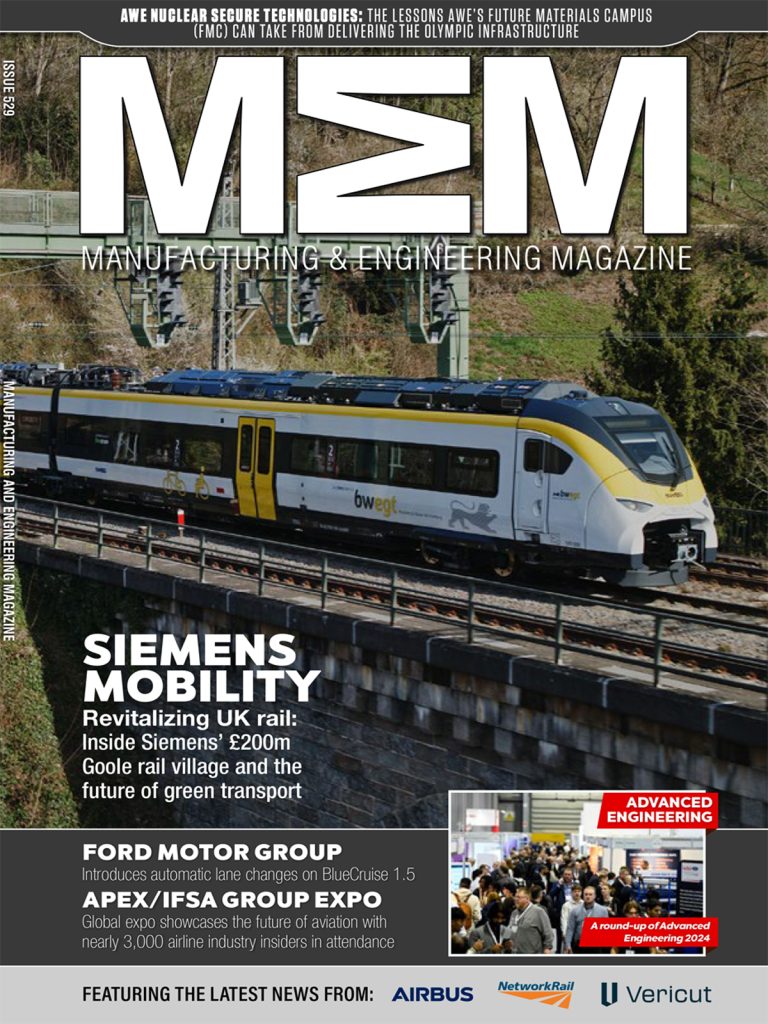The Quantum Threat to Information Security: Protecting Your Organisation : Dr Ali El Kaafarani, CEO of PQShield and Oxford University mathematician, explains the steps manufacturers can take to protect their sensitive information from the quantum security threat.
The arrival of full-scale quantum computers will put all sensitive information at risk, as these powerful machines will be able to crack the public-key encryption methods widely relied upon today to protect it.
While we don’t know the precise moment the quantum era will begin, many experts predict it’s likely to happen within ten years.
Sounds like a way off? Not if you’re a manufacturer or engineer building components and products expected to last into the next decade.
The quantum threat is something to begin thinking about now. The good news is that quantum-ready security solutions are already coming onto the market – including post-quantum cryptography, which I explored in my last piece – and there are a number of steps you can take now to future-proof your organisation.
1. Promote quantum literacy within your organisation
It’s vital that executives recognize the quantum threat for what it is – not just within your security team, but at all levels of your organisation.
Share educational resources, such as this white paper series, to help executives understand the urgency of the issue and learn why customers may already be looking for components that have protection built in.
At the same time, identify what a quantum attack might look like for your business, what the consequences would be if sensitive information held by your business were to be decrypted, and communicate this to your team. It’s vital that everyone understands what’s at stake, so you can work together to upgrade your security infrastructure in good time.
2. Identify where you are most vulnerable
Before you start thinking about solutions, you need to know where you stand. A full cryptography audit is crucial, as it will provide you with a full picture of what you’re working with and where your weak spots lie.
What current standards are you relying on to protect your data? What information are you protecting, and where are you storing it? Where is information moving from one format to another, and how are you protecting that data in transit?
Answering these questions will help you understand what needs to be upgraded and where.
3. Build a comprehensive strategy for a quantum-secure future
As with every once-in-a-generation shift, this isn’t going to be an easy upgrade.
Recalibrating your entire security infrastructure and migrating to post-quantum cryptography is a serious undertaking, so it’s important to get a strategy and timeline in place to make it as straightforward as possible.
If this isn’t your area of expertise, you’ll probably want to bring on a consultant who can help you to see through the tangle of a historic infrastructure, identify the encryption methods that are most appropriate for you, and help you implement quantum-safe solutions without disrupting business as usual.
There are numerous factors to consider, and this is something that will touch every area of the business, so it’s imperative that you take a thorough approach.
Take action today, to protect your business tomorrow
The quantum threat is serious, and it’s urgent. If you want to be in with a fighting chance, you must begin preparing your security infrastructure now. Thankfully, there are solutions out there waiting to be implemented, and a host of experts ready to partner with you for a smooth and secure transition to the quantum era.
____
If you’re looking to learn more, and take action, this informative white paper series will help you figure out your next step.
Dr Ali El Kaafarani is CEO and co-founder of PQShield, a cybersecurity company specialising in post-quantum cryptography.
Manufacturing & Engineering Magazine | The Home of Manufacturing Industry News














